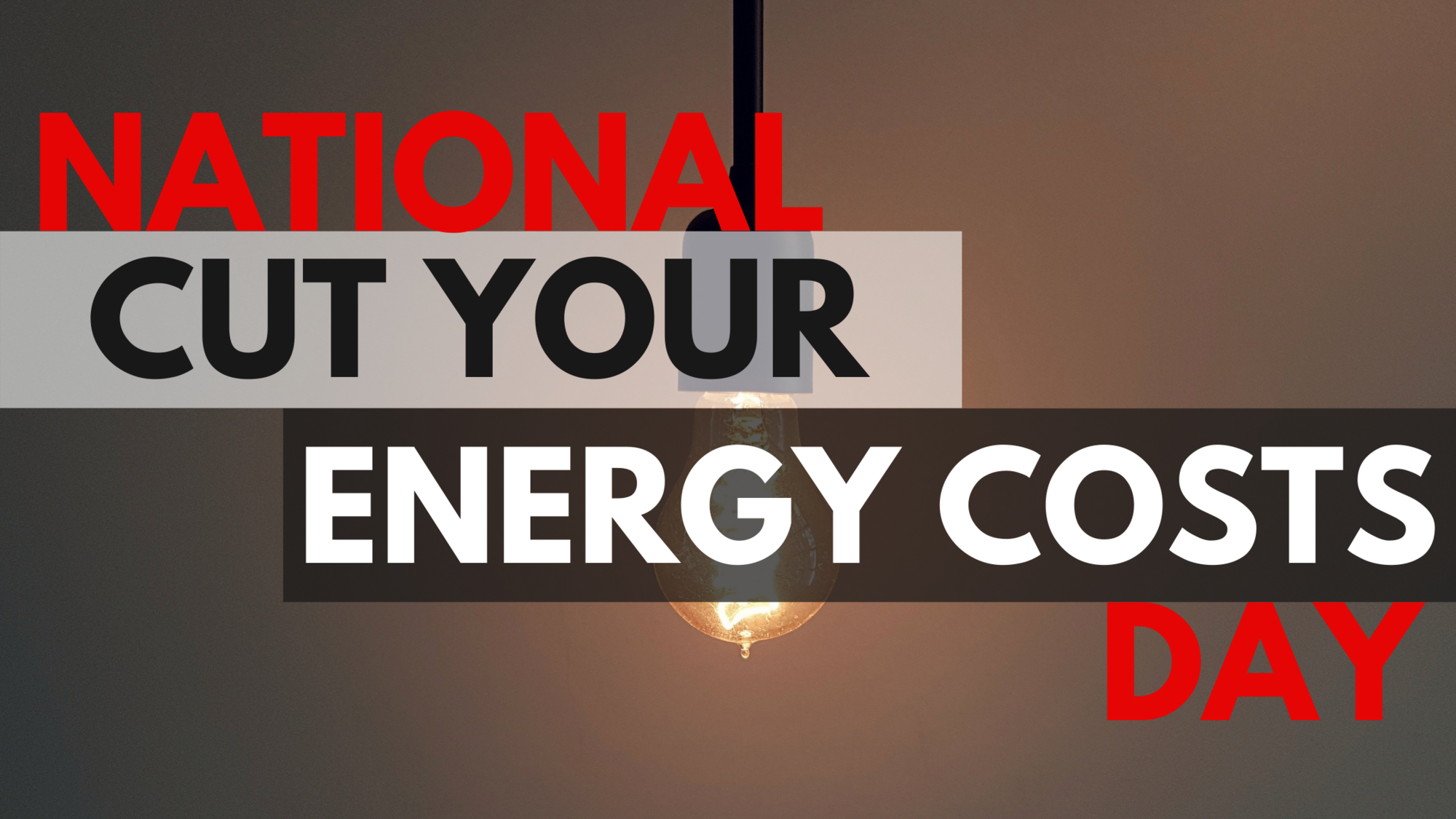 Happy National Cut Your Energy Costs Day!
Happy National Cut Your Energy Costs Day!
Here are a few simple things you can do to save $$$ on your utility bills next month!

The U.S. Department of Energy estimates that 40% of a home’s energy is lost due to air infiltration from the outdoors. Air seeps in through ceilings, walls, and also from areas exposed to external elements like windows and doors. You can greatly reduce this by adding insulation, and weather-stripping and caulking around windows and doors. Another simple solution would be to add door draft stoppers in front of each of your doors.
.png)
Changing your furnace filter once a month during the winter is the best thing you can do to ensure your furnace operates properly. A dirty filter makes your furnaces work harder, increasing energy costs and potentially causing problems.
.png)
Did you know that TVs, computers and other home electronics are still using energy when they’re not in use, but plugged in? Try this - Buy a power strip and plug everything into it. This will make it easy to turn everything off and on. Set your computer screen to "sleep mode" as it takes power to run computer screen save. Also remember to turn off the things that may not need unplugged but you that you often times forget are on. For example, If you're someone who uses a fan every evening, it doesn't need to be running all day while your not at home.
.png)
Now we don't mean turn the lights off in a room if you know that in 5 minutes you will be going back into that room.
People waste more electricity by turning their lights on and off repeatedly than they think. And where a few dollars here and there may not seem like much, it can add up in the long run. Knowing when to turn off your lights will help!
- Incandescent and halogen: Since these are the least efficient bulbs, you should turn them off whenever they’re not needed to maximize savings.
- CFL: The cost effectiveness of turning off CFLs is a bit more complicated. A general rule of thumb is to turn them off if you’ll be gone for 15 minutes or less. Contrary to popular belief, this recommendation isn’t because CFLs consume a lot of energy when they start up. In fact, the “inrush” of current is only equal to about five seconds of steady operation. However, the cost savings come by helping the bulb last longer. After all, CFLs wear out faster if they’re switched on and off frequently.
- LED: The operating life of LEDs isn’t affected by being turned on and off. This means you should make it a habit to always turn off LEDs when you leave a room.
Why heat an empty house when you're not there? Before you run out of the house for the day make a pit stop at your thermostat and turn down the heat. Or maybe invest in a programmable thermostat. It's an inexpensive improvement that is totally worth it! You can select and set daytime and nighttime temperatures for every day of the week.
.png)
Another simple yet effective way to cut your costs!
Change from incandescent light bulbs to compact florescent light bulbs (CFLs). The initial cost is higher, but they last 10 times longer and use 75 percent less energy.
.png)
The average U.S. household uses 400 gallons of water per day, and 70 percent occurs indoors. Water costs money. Reduce usage by turning the water off while you brush your teeth and do dishes. Shortening showers by just a few minutes can save up to 150 gallons per month. Also, reducing your water heater temperature to 120°F will save money and make it last longer.

.png)
Leave A Comment